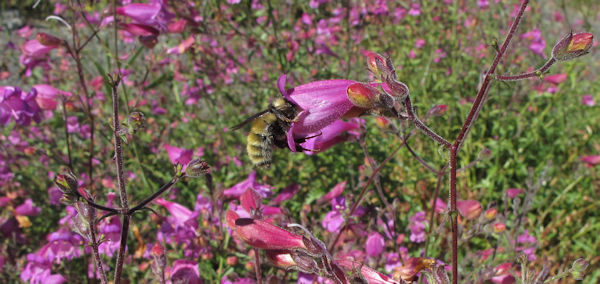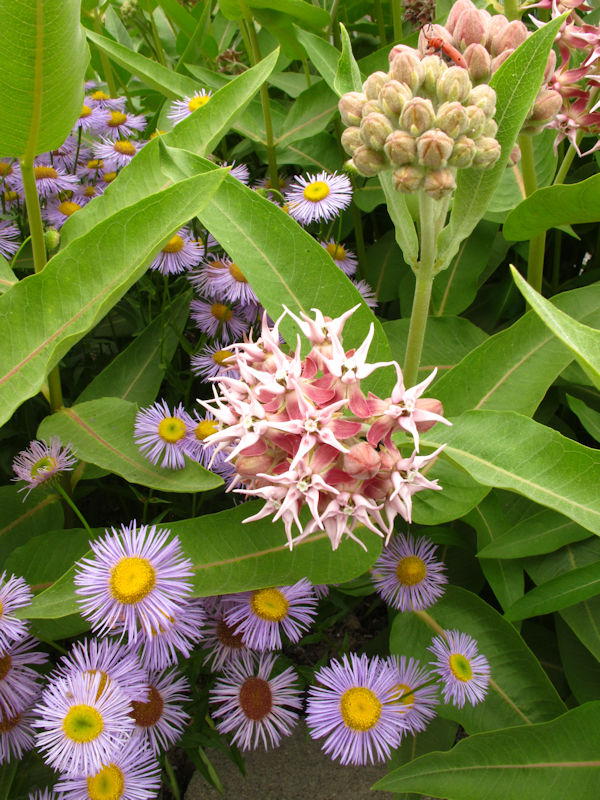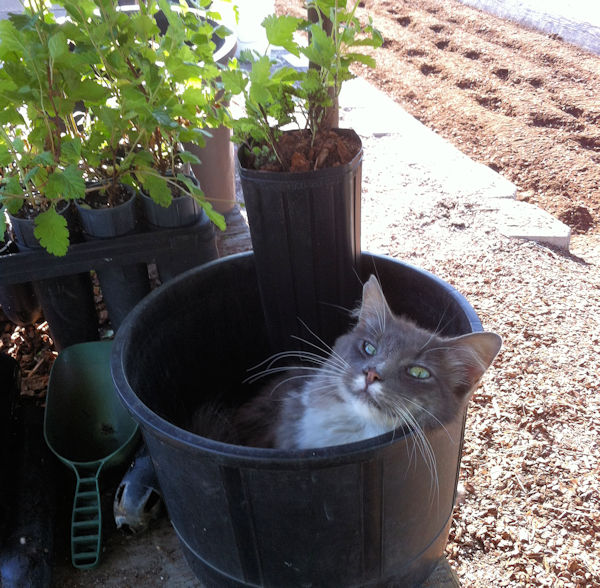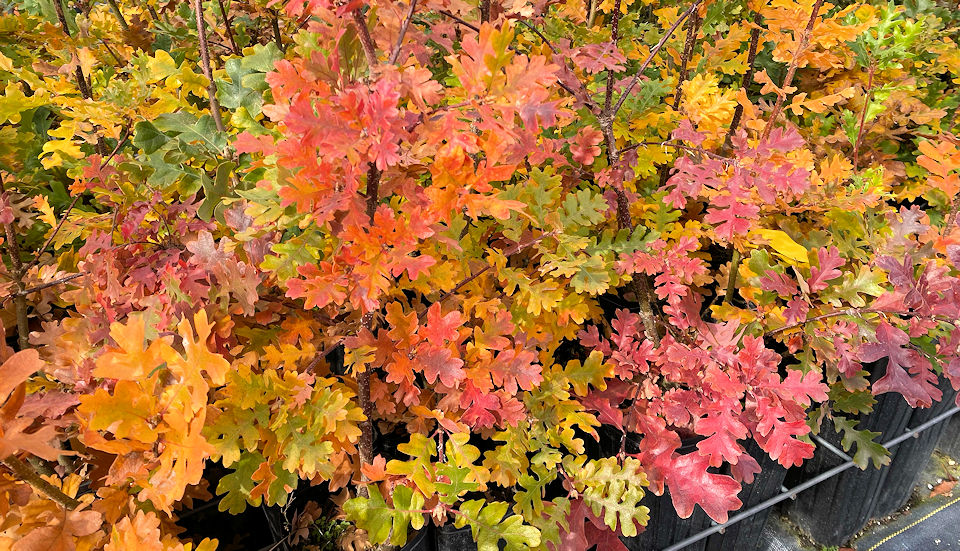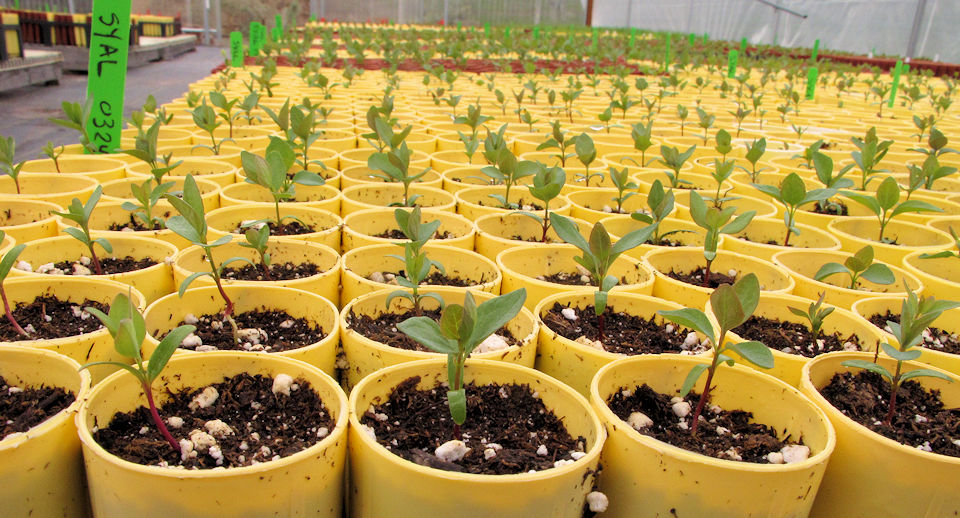It’s cooling down – time to plant!
Bumblebee on cutleaf penstemon (Penstemon richardsonii)
What a hot summer! It’s been hard on people, wildlife (especially fish) and plants. Even with diligent watering in the nursery there were a number of species that had new growth becoming crispy (I’m looking at you, vine maple!) The change to cooler weather over the past few weeks has seen many plants revive.
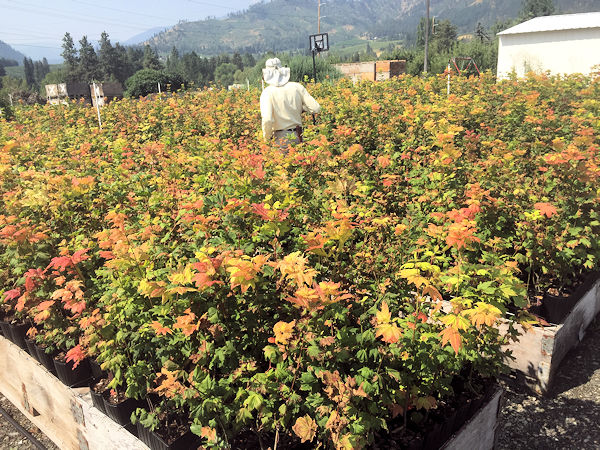
Interestingly, we’ve also had many native species in our demonstration beds put out new blooms. Summer and fall bloomers are few in Central Washington and those that do are especially valuable as nectar and pollen sources for butterflies, bees and other pollinators. The other morning I counted twenty-seven flowering plants around the nursery, being visited by bumblebees, honeybees, two species of native bees, hummingbirds and fritillary butterflies.
Blanketflower (Gaillardia aristata)
In addition to late season stalwarts like rabbitbrush, snow buckwheat and goldenrod I’m finding significant blooms on other species like blanketflower (Gaillardia aristata), cutleaf penstemon (Penstemon richardsonii), spreading dogbane (Apocynum androsaemifolium), and purple sage (Salvia dorii).
Showy milkweed (Asclepias speciosa) with showy daisy (Erigeron speciosus); can you spot the milkweed beetle?
For the first time in my thirty-three years in Peshastin this summer I saw a monarch butterfly! It has been an exceptional year for this iconic species, with sightings earlier and in greater numbers than have been noted for many years. Successful overwintering in California and sufficient milkweed on the trip North for the caterpillars are factors to this uptick in the population, and I hope to see more next year. Consider planting milkweed on your place!
A monarch butterfly (Danaus plexippus) on milkweed in our Peshastin garden
We are now entering a good time for planting native plants. From mid-September through at least mid-October the soil is warm and encourages root growth. The days are cooler and top growth on most plants has ceased so there is little stress on them. In most cases when planting in early fall you can water the plants in and forego further watering until late next spring, if then. For establishing native plants in non-irrigated sites, or areas where providing supplemental water is difficult, fall planting is much preferable to spring planting.
Ozzie (Felis catus inthewayus) knows native plants
For those of you visiting the nursery this fall we are open Fridays 9-5, Saturdays 8-12N and by appointment through the first week of November. Hope to see you soon!
